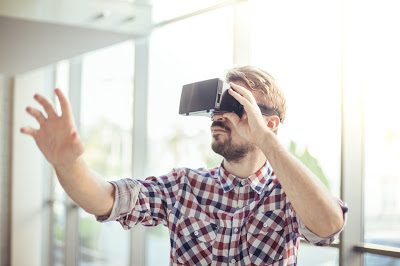When virtual reality (VR) first burst onto the seen just a few years ago, it was expected to revolutionize the gaming industry. Fast forward just a few years and it’s done much more than that. Today, virtual reality is used in everything from surgical training to crime scene recreations. Now, it looks like it’s moving into the hands of people with autism.
People with autism often have a difficult time reading and understanding facial expressions, which can make it hard for them to effectively communicate with others. But thanks to virtual reality, people with autism are now learning a new way to understand social interactions.
Social-Skills Training
Virtual reality gives people the option to place themselves in any social situation — a job interview, a blind date, or a new city. By placing people on the autism spectrum in new, but non-threatening environments, they’re able to practice and improve their social skills.
Virtual Meeting Spaces
For people with autism or social anxiety, virtual meeting spaces could allow them to communicate with others in a safe and controlled environment. They would also have the opportunity to manipulate things that could contribute to sensory overload, like lights, music, and room color.
Learning to Drive
If astronauts and pilots use VR to learn how to fly, why can’t teenagers use it to learn how to drive? Studies have shown that nearly 30% of teenagers with autism either want to or already do drive. For adolescents who have never driven a car, virtual reality can be the first step on their road to the driver’s seat. For those who already have their license, VR can help them learn new experiences (like freeway or night driving) that they typically avoid.
If you or someone you know is looking to find their path on the way to success while having a learning or emotional disability, Debra Solomon of Spectrum Strategies offers group and individual coaching services.


